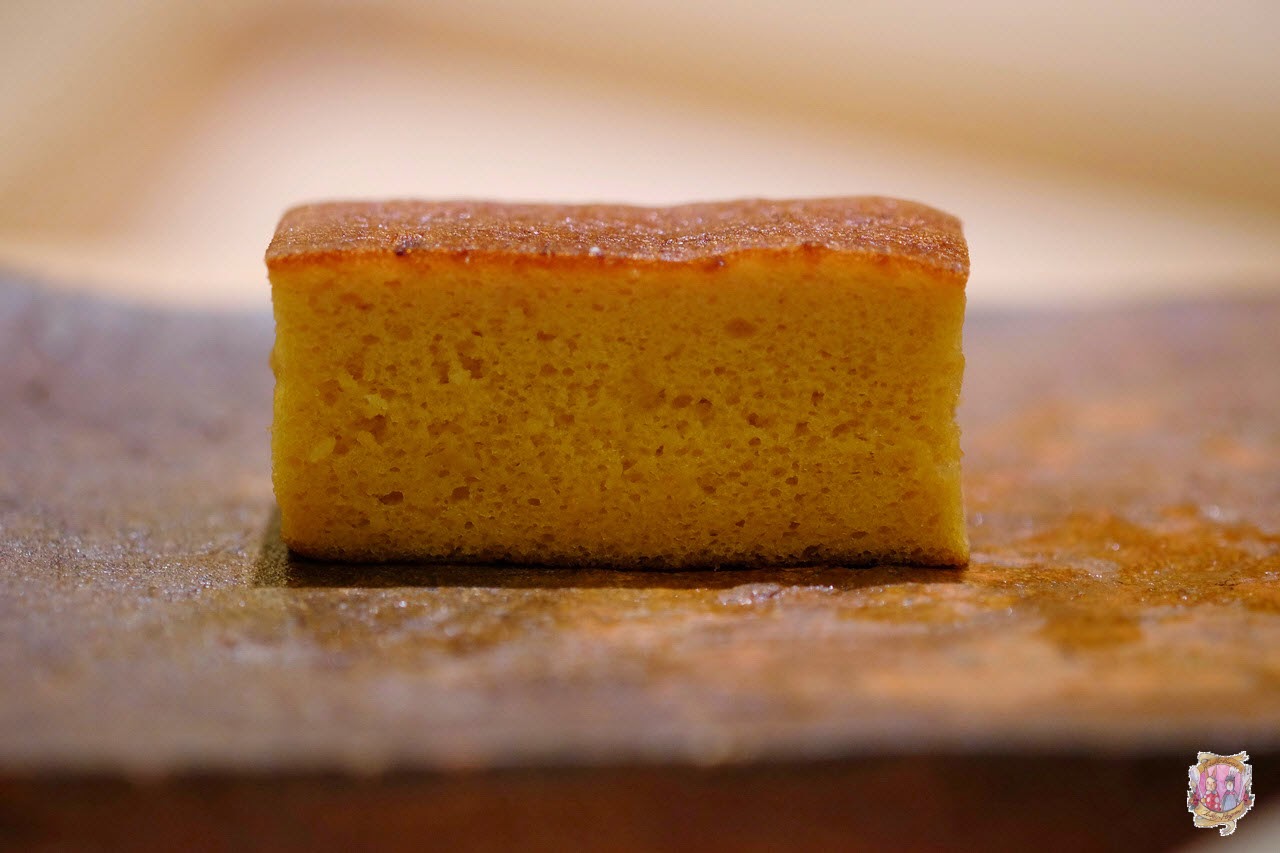My Favourite Food <(^-^)>
Hotdog
Since today is Hotdog Day, lets talk about Hotdog!
A hot dog is a cooked sausage, traditionally grilled or steamed and served in a sliced bun as a sandwich.
Hot dog variants include the corn dog dipped in corn batter and deep fried, pigs in blankets wrapped in dough, baked, and served as hors d'oeuvres, and Beanie Weenies chopped and mixed with baked beans.
Typical hot dog garnishes include mustard, ketchup, onions, mayonnaise, relish, cheese, chilli, and sauerkraut.
The sausages were culturally imported from Germany and popularized in the United States, where they were a working class street food sold at hot dog stands that came to be associated with baseball and America.
Hot dog preparation and condiment styles also vary regionally across the United States.
The word frankfurter comes from Frankfurt, Germany, where pork sausages similar to hot dogs originated.
Hot dogs may be served plain, but are commonly served with a variety of condiments, including ketchup, mustard, chile con carne, pickle relish, sauerkraut, onion, mayonnaise, lettuce, tomato, cheese, and chili peppers.
Condiments vary across the country. All-beef Chicago-style hot dogs are topped with mustard, fresh tomatoes, onions, sport peppers, bright green relish, dill pickles, and celery salt, but they exclude ketchup.
My personal favourite type of hotdog is my "home-cooked"chilli dog. A chili dog is a hot dog that is served topped with chili con carne. Often, other toppings are also added, such as cheese, onions, and mustard.
-Kaito











